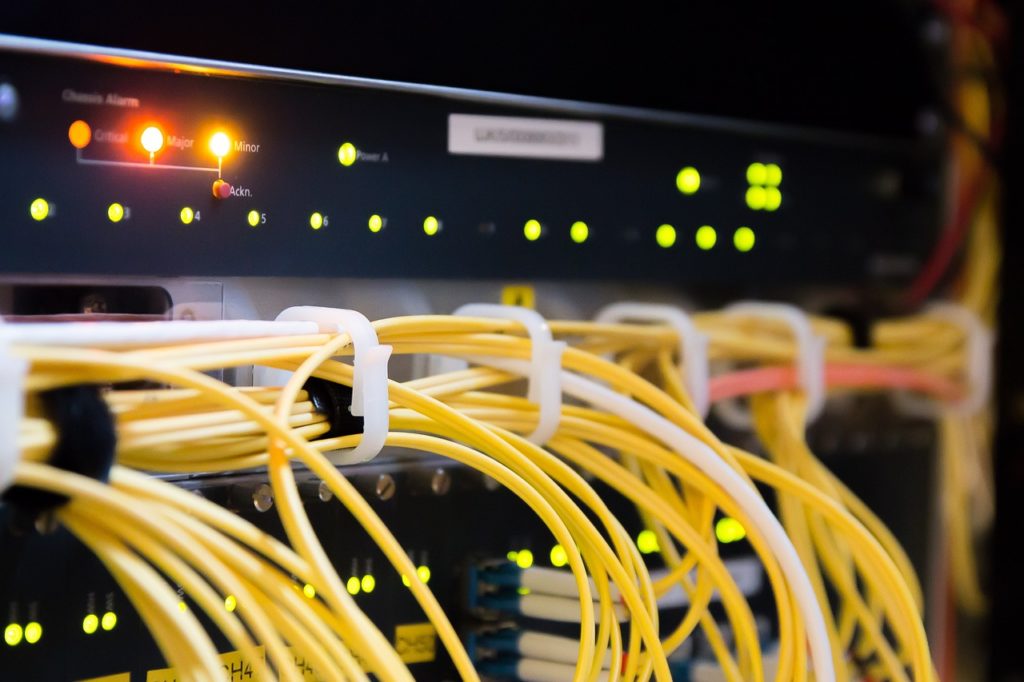MSP Industry Forecast : Today the MSP industry is undergoing a transformative phase. With businesses demanding secure and sustainable IT solutions, staying ahead has become more than a necessity.
This year AI-driven automation will redefine service delivery, the Zero Trust model will become a security standard, and multi-cloud adoption will continue to rise. At the same time, the push for sustainable and green IT services will reshape infrastructure decisions.
How can MSPs adapt to these changes and stay competitive? In this blog, we will dig deeper into the key trends shaping the future of managed services and how organizations can adopt them.
Domination of AI-Powered Services
In 2025, AI in the MSP sector is about delivering proactive and highly scalable IT solutions.
With advanced machine learning models, AI-driven MSPs can now predict network failures before they happen. This helps in reducing downtime and improving operational resilience.
AI-powered security solutions are evolving beyond simple threat detection. They neutralize cyber threats using behavioral analytics and self-healing capabilities.
Customer support is seeing a shift toward hyper-personalization with the advancement of AI.
AI-powered virtual agents can now handle complex queries with near-human accuracy.
Zero Trust: The Default Security Model in 2025
By the end of 2025, Zero Trust will become the standard instead of being seen as an advanced security strategy.
Organizations are moving away from perimeter-based security as hybrid work, cloud adoption, and insider threats expand attack surfaces.
Why Zero Trust is Critical
Traditional defenses struggle against AI-driven cyberattacks and ransomware tactics. Regulatory compliance is also reinforcing the need for stricter access controls and continuous monitoring.
How Enterprises Are Implementing Zero Trust
- Identity Security: Multi-Factor Authentication (MFA), Single Sign-On (SSO), and behavioral analytics help verify users and devices.
- Network Segmentation: Microsegmentation and Software-Defined Networking (SDN) prevent lateral movement in case of a breach.
- Continuous Monitoring: Security Information and Event Management (SIEM) and AI-driven analytics detect threats in real time.
- Secure Remote Access: Zero Trust Network Access (ZTNA) replaces traditional VPNs, enforcing access controls based on risk assessments.
- Endpoint Protection: Endpoint Detection and Response (EDR) solutions ensure device compliance and security.
With rising cyber risks, Zero Trust offers enterprises an identity-first defense to secure their digital environments.
Sustainability in 2025: A Key MSP Trend
Sustainability is becoming a business imperative, with IT contributing 2–3% of global emissions. MSPs have to adopt green IT solutions to stay competitive and meet regulatory expectations.
Key Sustainable IT Practices for MSPs
- Energy-Efficient Data Centers: Liquid and immersion cooling reduce power consumption, while AI-driven energy management optimizes usage.
- Green Cloud Computing: Serverless architectures and edge computing minimize energy waste, and green cloud services from providers like Google and Microsoft support carbon neutrality.
- Sustainable Hardware & Circular Economy: Modular designs extend device lifespans; recyclable materials reduce e-waste and take-back programs promote responsible disposal.
By integrating sustainability into their services, MSPs can differentiate themselves while contributing to a greener future.
Multi-cloud approach:
Think of multi-cloud like using different tools to build a house—you pick the best tool for each task rather than relying on a single brand. Businesses do the same with cloud providers, choosing the best options for computing, storage, and analytics.
Multi-cloud helps avoid vendor lock-in, reduces downtime risks, and improves flexibility. Companies can mix and match services from AWS, Azure, or Google Cloud to optimize costs and performance.
As per research, by 2025, more businesses will move toward hybrid and multi-cloud setups. New tools will simplify management, but security challenges and complexity will grow. Kubernetes will likely become the standard for cloud applications, making development smoother across platforms.
As cloud technology advances, businesses will gain more control and efficiency, ensuring they stay competitive while keeping costs in check.
Demand for IoT Management:
IoT is rapidly transforming businesses, with over 25 billion IoT devices expected in use within the next seven years. From smart cities to AI-driven automation, its impact is growing across industries. The shift from traditional devices to IoT-enabled systems is making connectivity a necessity rather than a luxury.
The COVID-19 pandemic accelerated IoT adoption in remote monitoring and smart analytics. As IoT spending approaches $1.1 trillion, enterprises have to focus on cybersecurity to protect interconnected systems. In 2025, there’s a rise in IoT-powered AI, blockchain integration, and edge computing for faster data processing.
For MSPs, the demand for IoT management, security, and infrastructure support will rise. Businesses will need expert guidance to integrate IoT solutions effectively while minimizing risks. MSPs that get ahead of these trends will play a crucial role in securing and optimizing the future of IoT.
The Future is Here
If you’ve made it this far, you already know—2025 is going to be a big year for MSPs. AI-driven automation, Zero Trust security, multi-cloud adoption, and green IT aren’t just trends; they’re the future of managed services.
At 4D, we don’t talk about these trends but also help businesses leverage them to stay secure, efficient, and future-ready. Contact us to build a smarter, safer, and greener IT future together.




